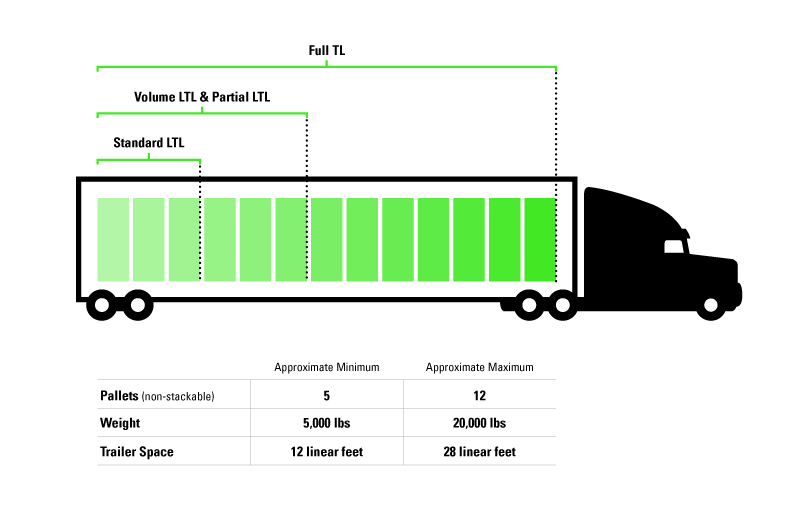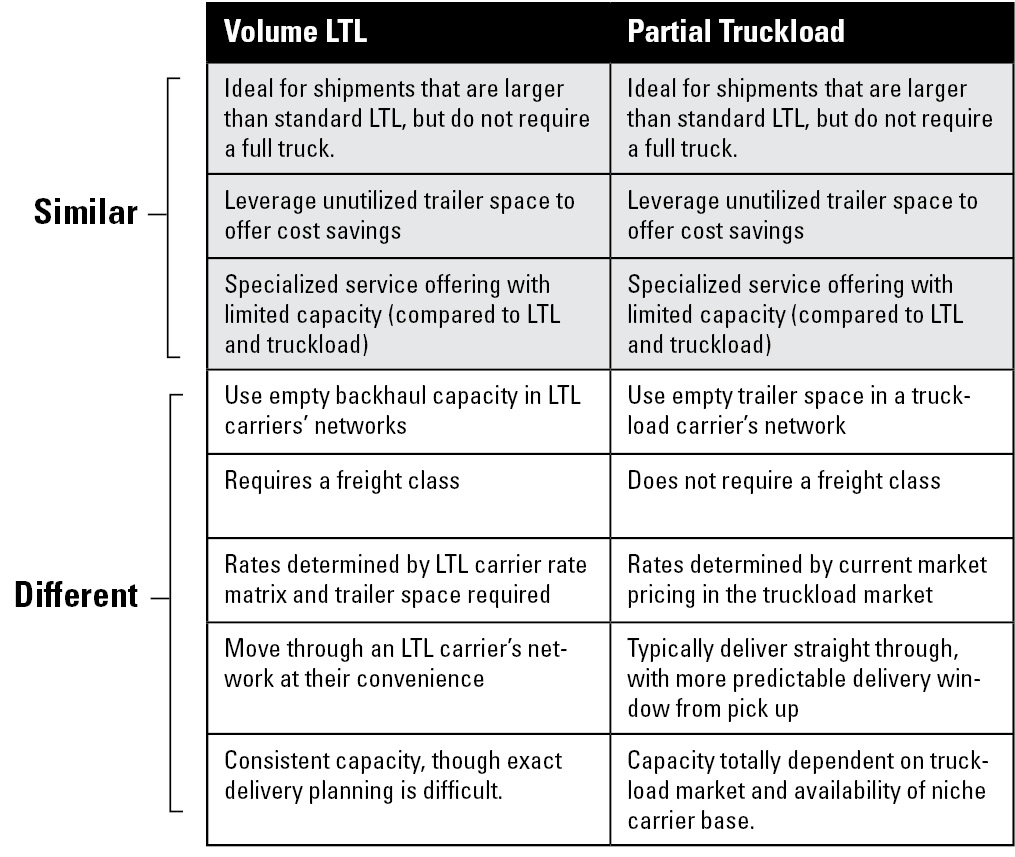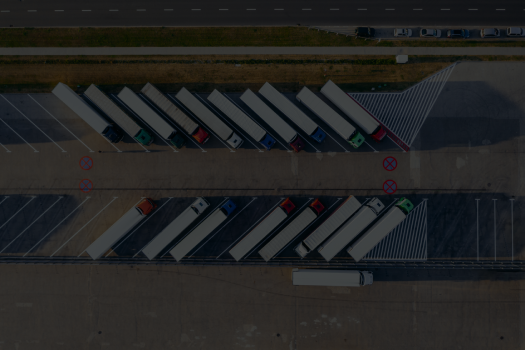
Why shipzzy
Quote, book, track, and manage all your shipments without picking up the phone or sending an email.
Read moreIt is a paradisematic country, in which roasted parts of sentences fly into your mouth. Even the all-powerful Pointing has no control about the blind texts it is an almost unorthographic life One day however a small line of blind text by the name of Lorem Ipsum decided to leave for the far World of Grammar.
You’re standing on the loading dock, staring at ten pallets of widgets. The door rolls up, and an empty 53’ trailer slowly backs into the bay. The forklift operator quickly loads the ten pallets. They look so small and lonely inside the cavernous van. You shake your head and sigh, knowing you paid for 30 linear feet of trailer that will be shipping air. You could have used Volume LTL to ship your widgets.
Most LTL carriers operate on a hub-and-spoke model, where a local driver will pick up several different shippers’ pallets and drop them off at a regional hub for sorting. The carrier sorts and consolidates shipments based on destination, then transfers them from the origin hub to the destination hub. A local driver will complete the final mile, making a series of multi-stop deliveries around the region. LTL networks are large, dense and complex—carriers’ ability to offer competitive pricing depends on it. While they strive to keep every truck fully loaded every time it’s on the road, the vast amount of moving parts creates empty capacity, no matter how efficient the network. Carriers use Volume LTL to fill in the gaps, reducing empty miles and generating a little extra cash flow.

Though business-to-business (B2B) shipments are ideal, and commodities with lower cargo value that are either very high or very low in density fare the best, most commodities are candidates for Volume LTL shipping.
The most important factors are size and/or weight. These are not hard-and-fast limits, but general guidelines:

Rates are approximate, based on current market conditions, and are meant to be illustrative only.
If you’re considering Volume LTL, working with an experienced freight broker is a compelling option. Let’s look back to the basic concept of Volume LTL: carriers are looking to fill empty backhaul capacity with shipper’s freight.
Filling that unmet need is literally the reason freight brokerages came into existence.
Since filling backhauls is not necessarily a core function of an LTL carrier, they turn to brokers—with their large and diverse customer portfolio—to source options. It expands their reach while simultaneously streamlining the process.
The same is true from a shipper perspective. Instead of establishing tariffs and maintaining relationships with multiple LTL carriers, they can rely on a broker.
Brokers can simplify operations and cast a wider net, ensuring the most competitive price and most available capacity. For this more complex, niche service, working with a broker is probably your best option.
You’ve learned about Volume LTL. You understand how it works, and you’ve hopefully found some opportunities that could fit your network. Now what?
As one of the largest logistics service providers in North America, Coyote has established relationships with a wide range of LTL carriers.
Contact us to start bringing Volume LTL capacity into your network.

Quote, book, track, and manage all your shipments without picking up the phone or sending an email.
Read more
Lorem ipsum dolor sit amet, consectetuer adipiscing elit, sed diam nonummy nibh euismod tincidunt ut laoreet dolore magna aliquam erat volutpat.
Read moreTrack your shipment